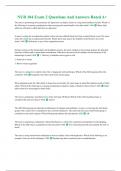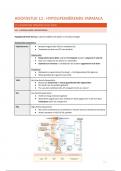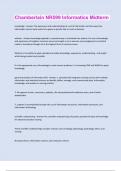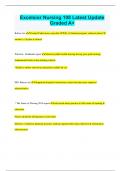Lecture notes
Developmental Disorders Lecture Notes (PS3121)
- Institution
- Royal Holloway University Of London
A comprehensive 46-page document covering seven lectures. This document includes thoughtfully organised and easy-to-read lecture notes covering neuro-constructivism and the causal model, single gene disorders and complex developmental disorders, autism, ADHD, emotional disorders, dyslexia, comorbid...
[Show more]












